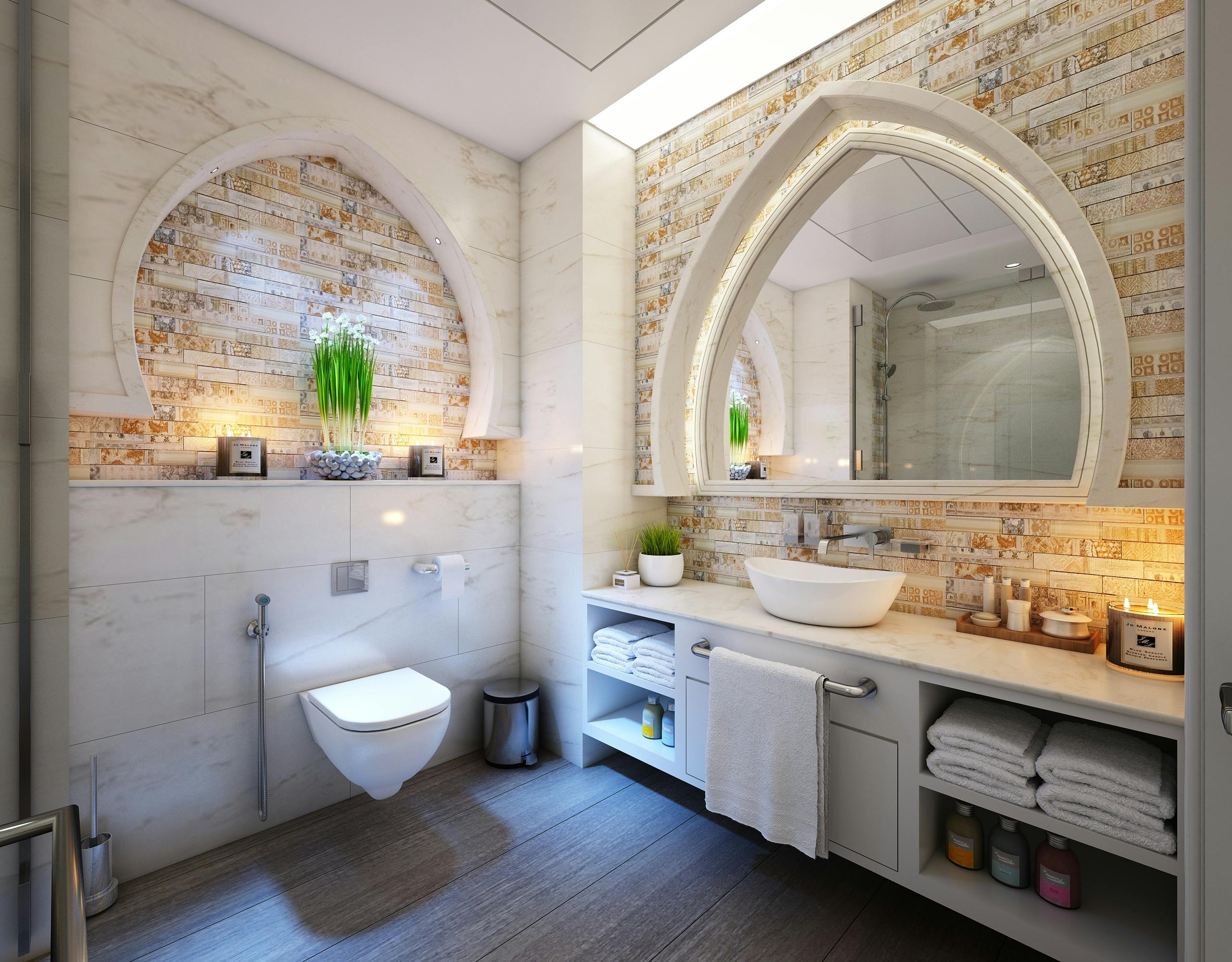In the realm of team dynamics, the concept of team building is often associated with virtuous endeavors—corporate retreats, trust falls, and workshops on effective communication—all geared towards fostering camaraderie and productivity among ‘the good guys.’ However, in the shadows of society, where loyalty lies not with institutions but with the streets, a different kind of team building emerges—one centered around the aesthetics of gang membership.
While conventional team building emphasizes cooperation and synergy within lawful frameworks, the dynamics within a gang require a unique set of skills and connections. Gangs, often depicted negatively in mainstream media, function as tight-knit communities where individuals rely on each other for survival, protection, and advancement. Here, the concept of team building takes on a more nuanced and gritty form, one that is crucial for navigating the perilous landscapes of the underground.
In the world of baddies, where alliances are forged through blood and bonds are solidified in the crucible of adversity, aesthetics play a pivotal role in establishing identity and unity within a gang. Unlike their counterparts in the corporate world who don’t suit and tie, gang members express their allegiance through distinctive styles that reflect their affiliations, territories, and hierarchies. From tattoos inked with symbols of loyalty to colors proudly worn as emblems of brotherhood, every aspect of gang aesthetics serves as a beacon of belonging in a world where trust is scarce and betrayal is a constant threat.
Contrary to popular belief, the process of team building is usually for goodies – not merely about instilling fear or asserting dominance but is deeply rooted in the need for social connection and solidarity. In environments where survival hinges on mutual support, forging strong bonds among gang members is essential for maintaining power and influence. Through rituals of initiation, rites of passage, and shared experiences of triumph and tragedy, gang members form a tight-knit community that transcends the boundaries of conventional society.
The aesthetics of gang membership extend beyond mere visual markers; they encompass a complex web of codes, gestures, and language that serve as the currency of belonging. From the intricate hand signs that convey respect and allegiance to the slang-laden dialects that establish insider status, every aspect of gang aesthetics is steeped in tradition and significance. In this subculture, understanding and embodying these aesthetics is not just a matter of style but a matter of survival.
Moreover, team building for baddies goes beyond superficial displays of unity; it encompasses the cultivation of trust, respect, and loyalty among members. In a world where betrayal can have dire consequences, establishing a strong sense of camaraderie is paramount. Through acts of loyalty, sacrifice, and reciprocity, gang members solidify their bonds and reinforce their collective strength. In the face of external threats and internal strife, it is these bonds that sustain them and give them the resilience to endure. Connecting socially is an essential aspect of team building, facilitating the development of relationships, trust, and solidarity among team members.
Furthermore, the aesthetics of gang membership serve as a means of empowerment for marginalized communities. In environments where socioeconomic opportunities are scarce and systemic injustice prevails, joining a gang offers a sense of belonging and agency that is otherwise denied. Through the adoption of gang aesthetics, individuals reclaim their identities and assert their presence in a world that seeks to marginalize and oppress them. In this sense, team building for baddies is not just about survival but about empowerment and resistance against a system that seeks to keep them down.
While team building is usually associated with virtuous endeavors, it takes on a different form within the subculture of gang membership. Here, aesthetics serve as a means of identity, unity, and empowerment, shaping the dynamics of relationships and alliances within the underground. Far from being mere displays of intimidation or aggression, the aesthetics of gang membership are rooted in the fundamental human need for social connection and solidarity. In a world where survival depends on trust and loyalty, the bonds forged through shared experiences and common purpose are what ultimately define the strength of a gang.
We share free information!










